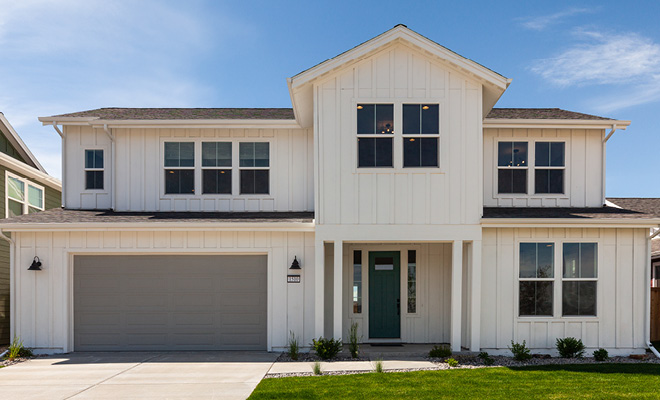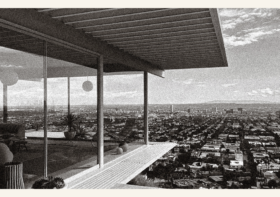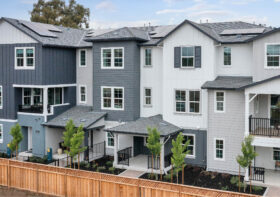Unconditional Love for Unconditioned Space

When thinking about your favorite place in your home, the 400 square foot garage may not come to mind. However, by looking at our heavy reliance on cars, explicit city parking requirements, and the amount of real estate we allocate to garages, no one can deny how much society values this space.
To give a brief history, cars transformed America beginning when the Model T became widely available to the public in the early 20th century. Garages quickly followed suit and began making their appearances in homes. As a quick solution, existing detached carriage houses, once used for the horse and buggy, were converted to car storage. Frank Lloyd Wright is credited with the first attached carport in the Robie House. Built in 1910, it seamlessly incorporated car parking within the home design. During the 20th century, especially after World War II, garages became more sophisticated with automatic garage-door openers and popularized house entry doors. By the eighties and nineties, garages began to take up 45% of new homes’ square footage. That’s a lot of space!

Garages were clearly important functional spaces for generations’ past. Even today, despite a decline in driver licensing rates and an expansion of ride-share options, garages continue to be priority spaces for the younger generations, too. A recent survey by the housing research company Zonda, says that 32% of Millennials place garages as a high priority, second only to “large kitchens.” Garages are used for anything from storage to workshops, and home gyms to start-up offices. Famously, a small Palo Alto garage was where Hewlett Packard began its work in 1938 and was later named the birthplace of the Silicon Valley. Similarly, recent companies like Google and Amazon also started in garages.

It seems that flexible indoor/outdoor workspace and safe storage for our most prized possessions are a couple reasons why we love our garages so much.
No matter how the space is used, those of us in the building industry must consider how this priority area within our homes will adapt to the future. Will home buyers, builders, and municipalities push for continued garage requirements, or will they adapt as culture evolves? A variety of alternative uses for commercial parking garages are already being designed and considered, so it’s worth asking what might come of our single-family home garages? Real estate investors at Bigger Pockets suggest that with car ownership becoming less of a priority within the next thirty years, it is “[m]ore likely [garages will] fade from importance in middle-to-low-end housing and continue in luxury homes.” Perhaps a simple flex space in lieu of dedicated garage parking is sufficient for homeowners to utilize as desired home gyms, start-up offices, storage spaces, music studios, wood shops, or bonus rooms?

Although it is hard to imagine a society with less reliance on cars, we must ponder how that will affect the architectural makeup of a home, because all those tomorrows inevitably become todays.





Chabrol
Very beautiful
Alison
Very interesting and well written.